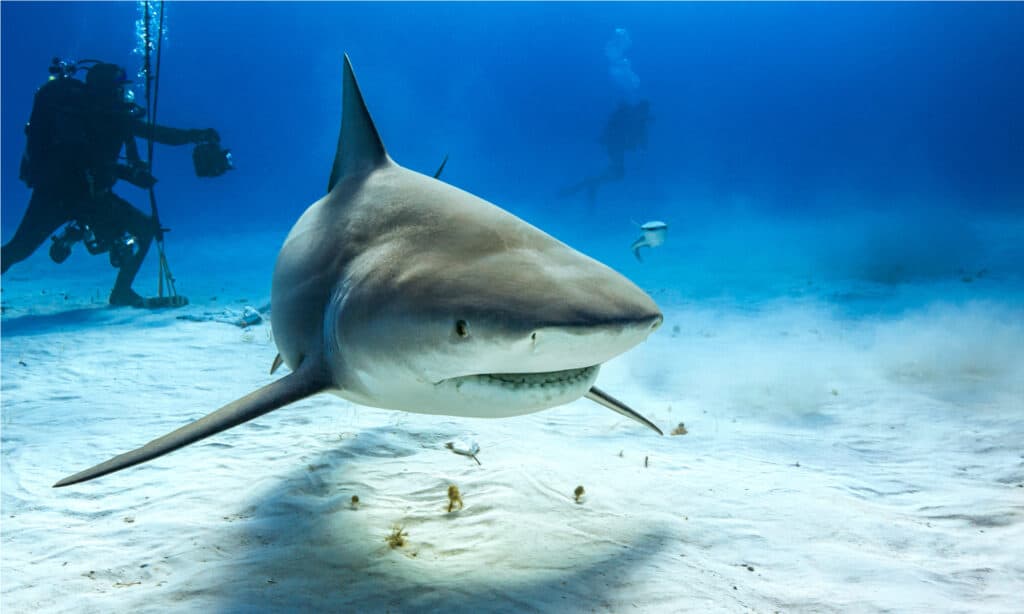You may know a lot about the Mississippi River, but do you know these facts about the mouth of the Mississippi River? While it’s not a mouth like you may traditionally think of, this large river does, in fact, have a mouth. All rivers have mouths! This is just the area where one river connects to a larger body of water, whether it’s another river or the ocean.
So, are you ready to learn some interesting facts about the mouth of the Mississippi River? Let’s dive in!
1. The Mouth of the Mississippi River Dumps Into the Gulf of Mexico
One of the most important facts about the mouth of the Mississippi River is its location. After all, since the entire purpose of a river mouth is about connecting two bodies of water, you’ll want to know what this mega river is connected to! You can find it in Louisana, around 100 miles south of New Orleans, where it dumps into the Gulf of Mexico.
The Gulf of Mexico itself isn’t really an ocean. While they’re connected, just like all oceans are, the Gulf of Mexico and the Atlantic Ocean are actually separated by the Caribbean Sea. As a result, while it may seem like the Mississippi River goes directly into the Atlantic Ocean, it actually connects to the Gulf!

You can find the mouth of the Mississippi River in Louisiana.
©iStock.com/Willard
2. Compared to Other River Mouths, the Mississippi Has a Unique Shape and Flow
Typically, the mouth of a river is smooth sailing. The water here is usually shallower and slower across a wider area. However, this isn’t the same for the Mississippi River. Here, especially during bad weather, the mouth can be dangerous. The water isn’t necessarily shallower than the rest of the river, and it’s actually narrower at some points. As a result, the water can move fast in certain areas.
3. Sharks Swim Through It!
When you think of the wildlife of the Mississippi River, you probably think of a variety of freshwater animals. And you’d be right! From the surface to the bottom of the Mississippi River, hundreds of unique freshwater species can be found. However, there is also one particular saltwater predator lurking in these waters as well.
Bull sharks have the unique ability to swim in both fresh and salt water. As a result, bull sharks living off the coast of Florida and in the Gulf of Mexico may often swim upstream through the mouth of the Mississippi River.

Bull sharks have the unique ability to swim in both fresh and salt water.
©Carlos Grillo/Shutterstock.com
4. The Mouth of the Mississippi River Has Its Own Name
Often, you’ll only see the mouth of the Mississippi River referred to as such. However, it does have its own name!
The Head of Passes is the area where the Mississippi River branches off to connect with the Gulf of Mexico. These three branches also have their names: Southwest Pass (west), Pass A Loutre (east), and South Pass (center). Together, they make up the Bird’s Foot Delta, one of the lobes of the Mississippi River’s delta.
5. There Are Over 2,000 Miles Separating the Mouth of the Mississippi River From Its Start
From its mouth in the Gulf of Mexico to the headwaters of Lake Itasca in Minnesota, the Mississippi River is 2,340 miles long. That’s the equivalent of a 38-hour drive going 60 miles per hour without any stops!
However, the Mississippi River isn’t even the largest river in the United States. The Missouri River takes that prize, being one mile longer than the Mississippi River.

The Mississippi River flows for 2,340 miles from its starting point at Lake Itasca to its mouth.
©Sean Pavone/Shutterstock.com
The photo featured at the top of this post is © iStock.com/juliannafunk
Sources
- Scottish Sensory Centre, Available here: http://www.ssc.education.ed.ac.uk/BSL/geography/rivermouthd.html
- Oceanography, Available here: https://tos.org/oceanography/article/the-gulf-of-mexico-an-overview
Thank you for reading! Have some feedback for us? Contact the AZ Animals editorial team.







